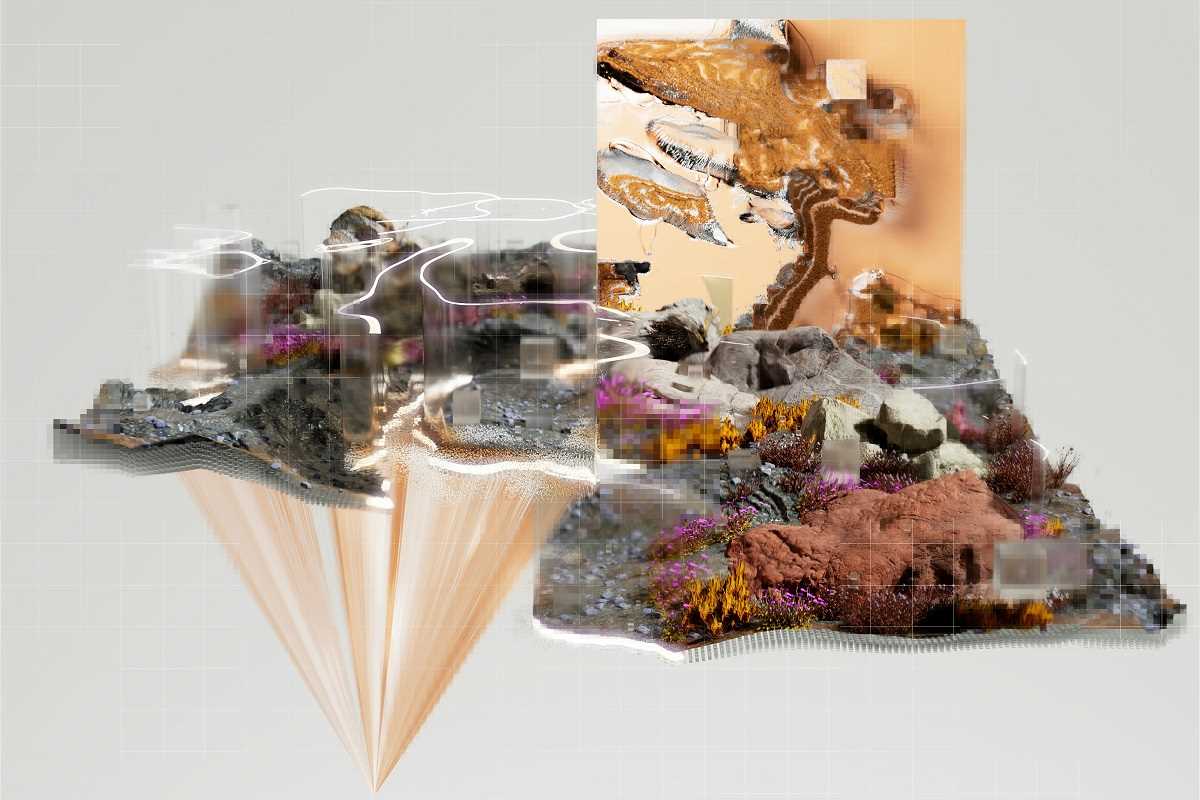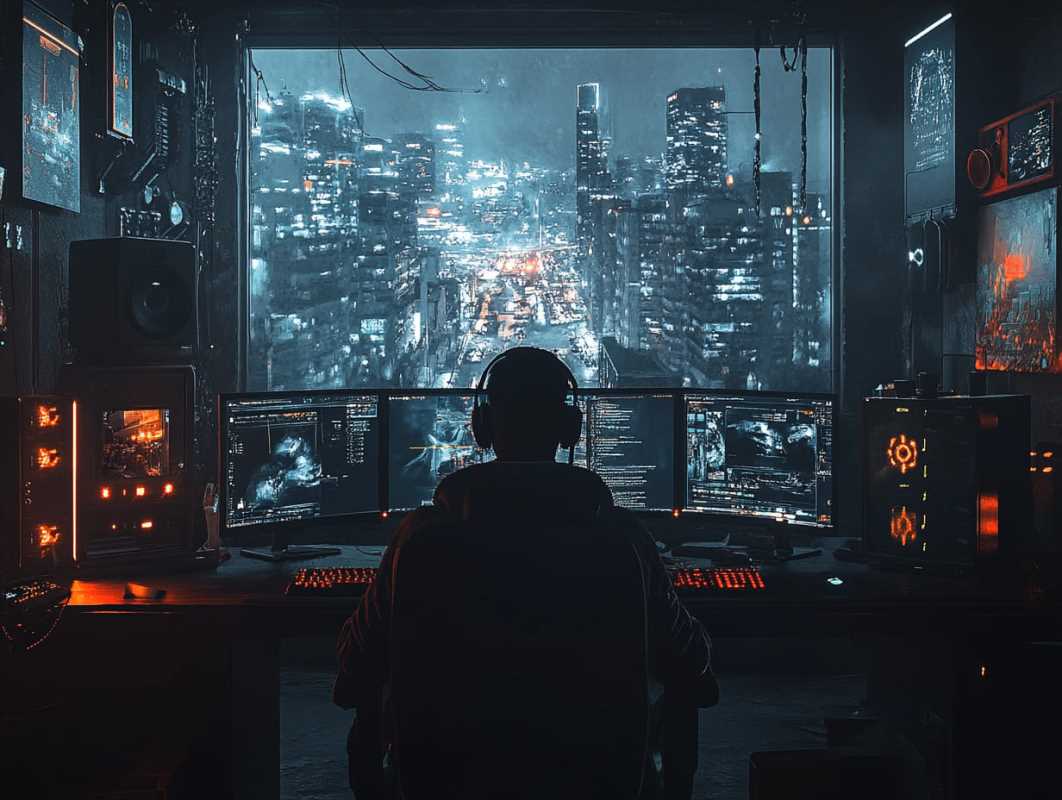Picture this: You walk into a store, and every detail seems perfectly designed to make shopping easy, enjoyable, and tailored just for you. The layout flows smoothly, the products you need feel like they’re waiting for you, and even the checkout process is seamless. Behind the scenes, there’s a good chance that heatmaps and advanced retail tech are part of the magic creating this seamless experience.
But what exactly are heatmaps, and how can tech enhance retail spaces? If you're keeping an eye on industry trends, here’s everything you need to know to stay ahead.
What Are Heatmaps?
Heatmaps are visual tools that show where people focus their attention, move, and spend the most time. The "heat" part of the name comes from how the data is represented, with warmer colors like red and orange indicating areas of high activity, and cooler colors like blue showing less action.
For physical stores, heatmaps often come from video cameras or sensors that track foot traffic and customer movement. Online, websites use similar tools to track clicks, scrolls, and mouse movements.
The power of heatmaps lies in their ability to provide actionable insights. With this data, retailers can figure out what’s working, what’s not, and how to optimize their stores or websites to keep customers happy. For example, if a store notices that certain areas are consistently "cold," they can experiment with moving popular products into those zones to drive more activity.
Heatmaps also contribute to cross-industry collaboration. Mall managers, for instance, could use aggregated heatmap data from all stores to redesign shopping centers in ways that boost foot traffic for everyone.
How Heatmaps Change the Game in Retail
Heatmaps offer massive opportunities to improve operations and create better customer experiences. Here’s how they’re making waves in retail spaces:
1. Optimized Store Layouts
Ever notice how grocery stores are laid out to make you pass through aisles filled with extras, like snacks or baked goods? That’s no coincidence. Heatmaps help retailers see where customers naturally flow in a store, and this data is used to engineer layouts that guide shoppers strategically.
For instance, major retailers like IKEA use a controlled, serpentine layout to ensure customers browse through a significant portion of the store before reaching the checkout. Heatmap data fine-tunes these layouts by showing where customers slow down, turn, or make purchase decisions.
Retailers can also minimize "dead zones," areas that customers avoid or skip entirely. For example, a high-end fashion boutique noticing low traffic in its shoe section might reconfigure shelves with better lighting or even move popular handbags nearby to draw people in.
2. Enhanced Product Placement
Just like online ads target what you’ve been searching for, heatmaps allow stores to put high-demand items where they’re most likely to catch your eye.
Consider the case of supermarkets placing bread and milk at the farthest corners, ensuring customers walk through other categories first. Heatmap data adds another level of precision to this. For example, by identifying consistently crowded zones, retailers can experiment by placing seasonal or promotional items there to drive even more sales.
Additionally, outdated inventory can be handled smartly. Retailers can move slow-moving products to areas identified as high-traffic to encourage impulse purchases and minimize losses. This approach has been particularly effective during end-of-season sales.
3. Reduced Bottlenecks
No one likes getting stuck in a store, whether it’s behind a slow-moving shopper or in a long checkout line. Heatmaps can pinpoint exactly where bottlenecks occur within a store layout.
Take the example of large-scale retail chains like Target. By analyzing heatmaps, stores can observe when and where overcrowding happens, especially during peak shopping hours. Based on this, they might install extra checkout counters, expand aisle widths, or queue digital checkout kiosks.
Imagine a Black Friday sale event. Without heatmaps, managing foot traffic would be chaotic. But with this data, store managers can implement and test crowd control strategies beforehand, benefiting both customers and staff.
4. Insights on Customer Behavior
Heatmaps don’t just show movement; they reveal habits. By tracking factors like how long customers spend in a section or how often a product is picked up and put back, retailers can refine displays to better meet customer needs.
For instance, a study might show that children’s products get more attention when displayed at eye level for kids versus adults. Retailers could then use this insight to plan displays in ways that maximize appeal to their target customers.
Retail Tech You Should Know About
While heatmaps are an indispensable tool, pairing them with modern retail technology elevates the game entirely. Together, they help businesses make data-driven decisions more effectively than ever.
1. AI-Powered Insights
Artificial Intelligence (AI) has revolutionized countless industries, and retail is no exception. AI tools can analyze heatmaps far beyond human capabilities, uncovering complex patterns and offering actionable recommendations.
For example, if data shows customer traffic surges every Saturday afternoon, AI algorithms might suggest running targeted promotions to capitalize on this uptick. Similarly, AI can monitor in real time to alert managers when a particular area of the store gets overcrowded, prompting immediate action like opening temporary express checkout counters.
Amazon is a leader in leveraging AI insights. Its Amazon Go stores operate without traditional checkouts, relying entirely on sensors and AI to track what customers pick up and charge accordingly. This model has pushed convenience shopping to new heights.
2. Smart Shelves
Smart shelving is another example of how technology meets practicality. Embedded with weight sensors, cameras, and IoT-enabled devices, smart shelves monitor inventory in real time. If a product is running low, the system sends out automatic restocking alerts.
Combining smart shelves with heatmaps offers a broader understanding of both popularity and placement. Imagine a shelf with the top-selling snack items being completely empty within hours. Using heatmaps, retailers can identify the best location for restocking quickly or even add signage to direct shoppers to similar products.
Some stores are pushing this technology even further. Experiments with digital price tags allow retailers to adjust prices in real time, perhaps offering discounts during slow hours to stimulate purchases.
3. Personalized Customer Experiences
Increasingly, customers demand tailored experiences, and heatmaps combined with tech make this possible. Facial recognition algorithms can gauge a shopper’s gender, age, or mood, triggering AR mirrors to suggest products accordingly.
Retailers like Sephora utilize AR-enabled try-ons where customers can visualize makeup or accessories on their faces in real time. Meanwhile, personalized digital signage gives recommendations based on browsing patterns. This technology not only enhances the experience but drives revenue by enabling more informed purchase decisions.
Subscription-based retail platforms are also leveraging this trend. By syncing heatmap data with online shopping preferences, stores can deliver hyper-relevant marketing, like emailing discounts on items most browsed by a returning customer.
4. Mobile App Integration
Mobile apps can work hand in hand with in-store tech to improve the experience. For instance, retailers can integrate wayfinding features that guide customers to specific products based on their shopping list.
Apps that track preferences can go a step further by showing customers real-time deals as they enter the store. Imagine being pinged with “30% off a shirt you browsed last month online” just as you walk past the apparel section. Heatmap data and app analytics make this scenario very realistic.
Why This All Matters
The retail world is changing fast, and customers expect more. They want stores to be easy to shop, efficient, and even fun. Heatmaps and technology are bridging the gap between customer expectations and retailer capabilities, making it possible to create curated, dynamic experiences.
For businesses, it’s all about balance. Retailers benefit from reduced costs, optimized operations, and more engaging customer interactions. However, there's still room for improvement. For instance, integrating these technologies often requires significant upfront investments, as well as careful consideration of customer privacy concerns. Opt-in programs and transparent communication go a long way in ensuring everyone benefits.
Yet, for forward-thinking brands, the rewards outweigh the risks. Case studies have shown that stores improving layout efficiency or adopting smart store tech see measurable increases not just in foot traffic but also in customer retention rates.
Brands like Nike and H&M have been paving the way by reinventing their spaces into experiential hubs through gamification, modular store setups, and tech-inspired personal touchpoints. The end goal? Building stronger loyalty.
 (Image via
(Image via





